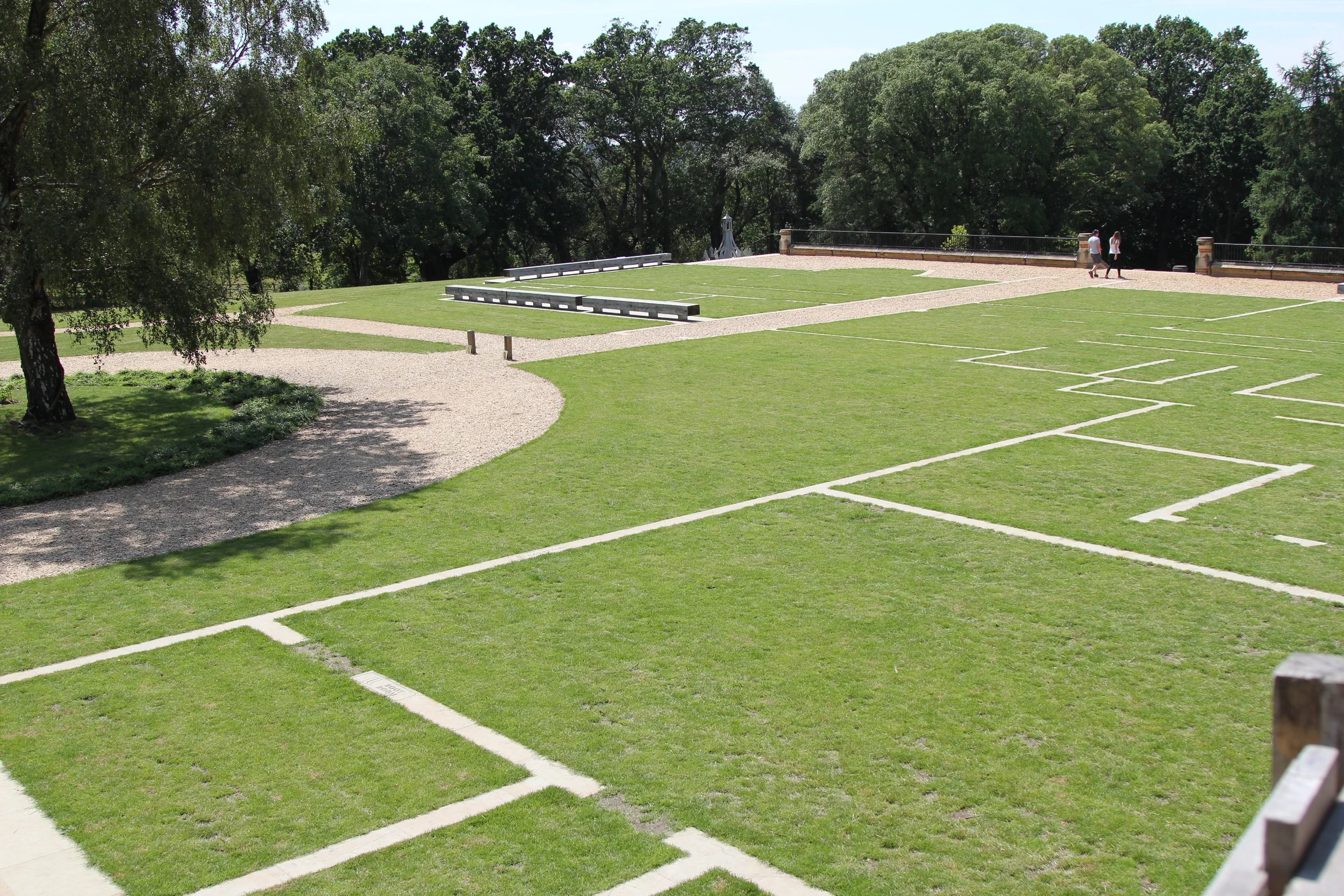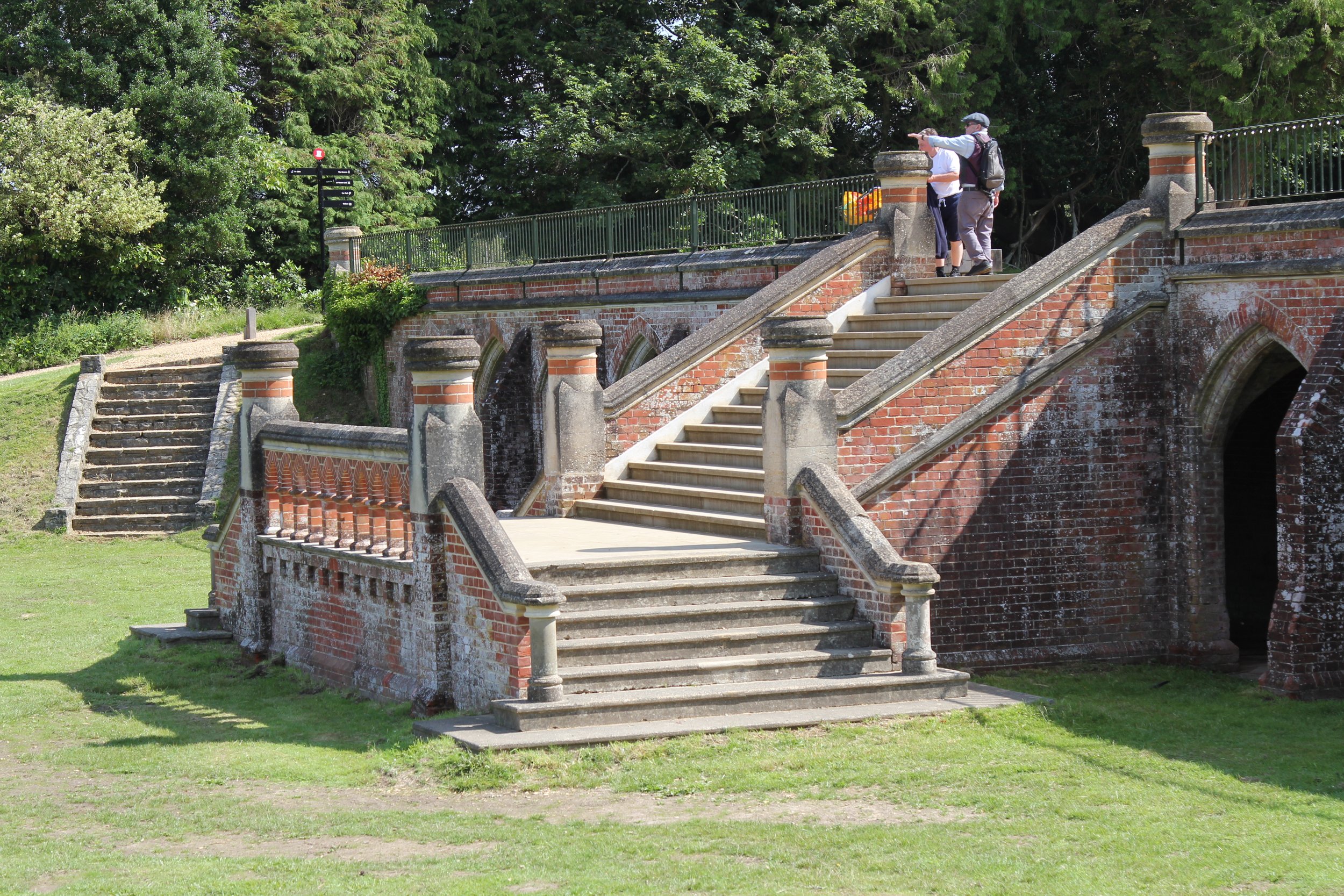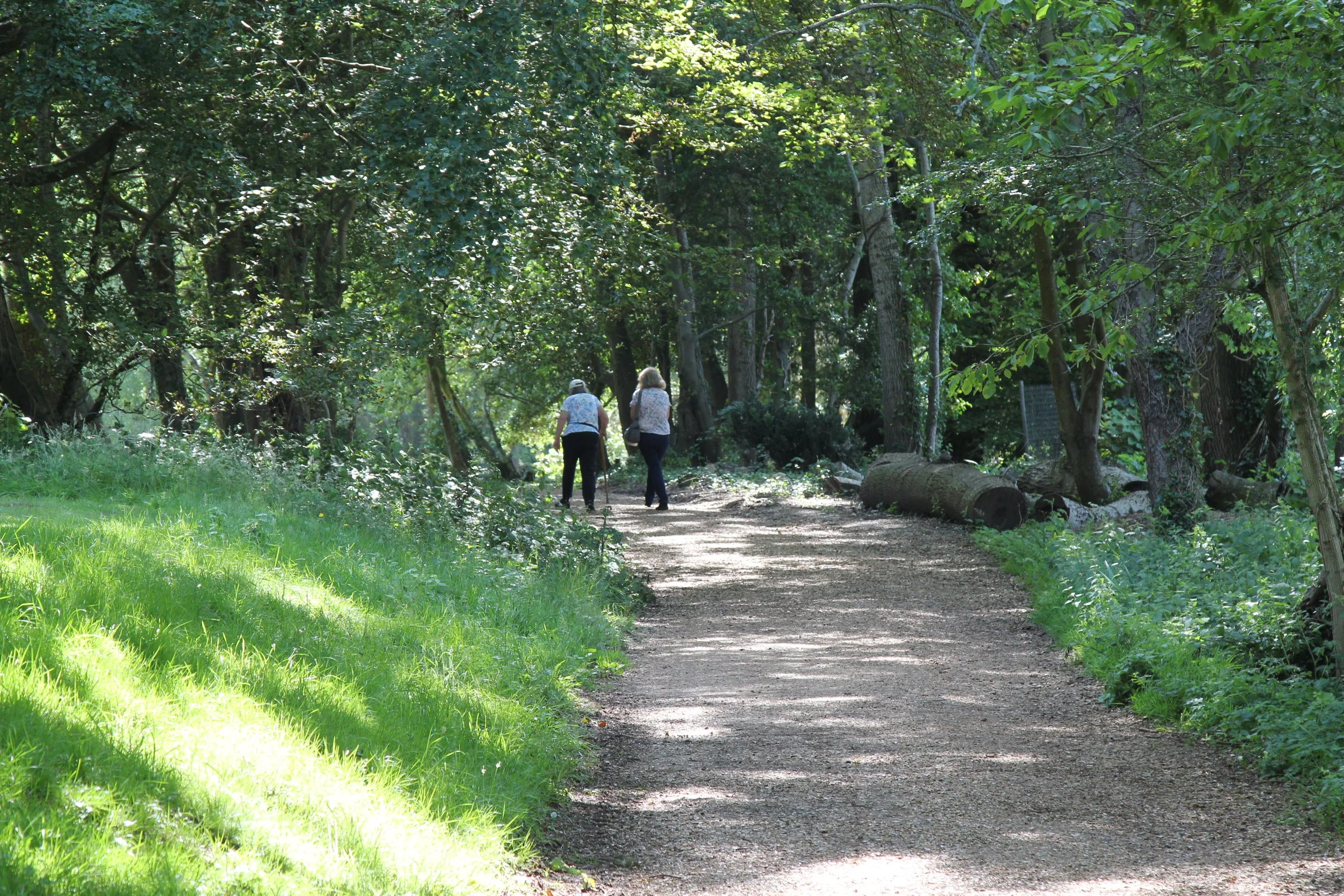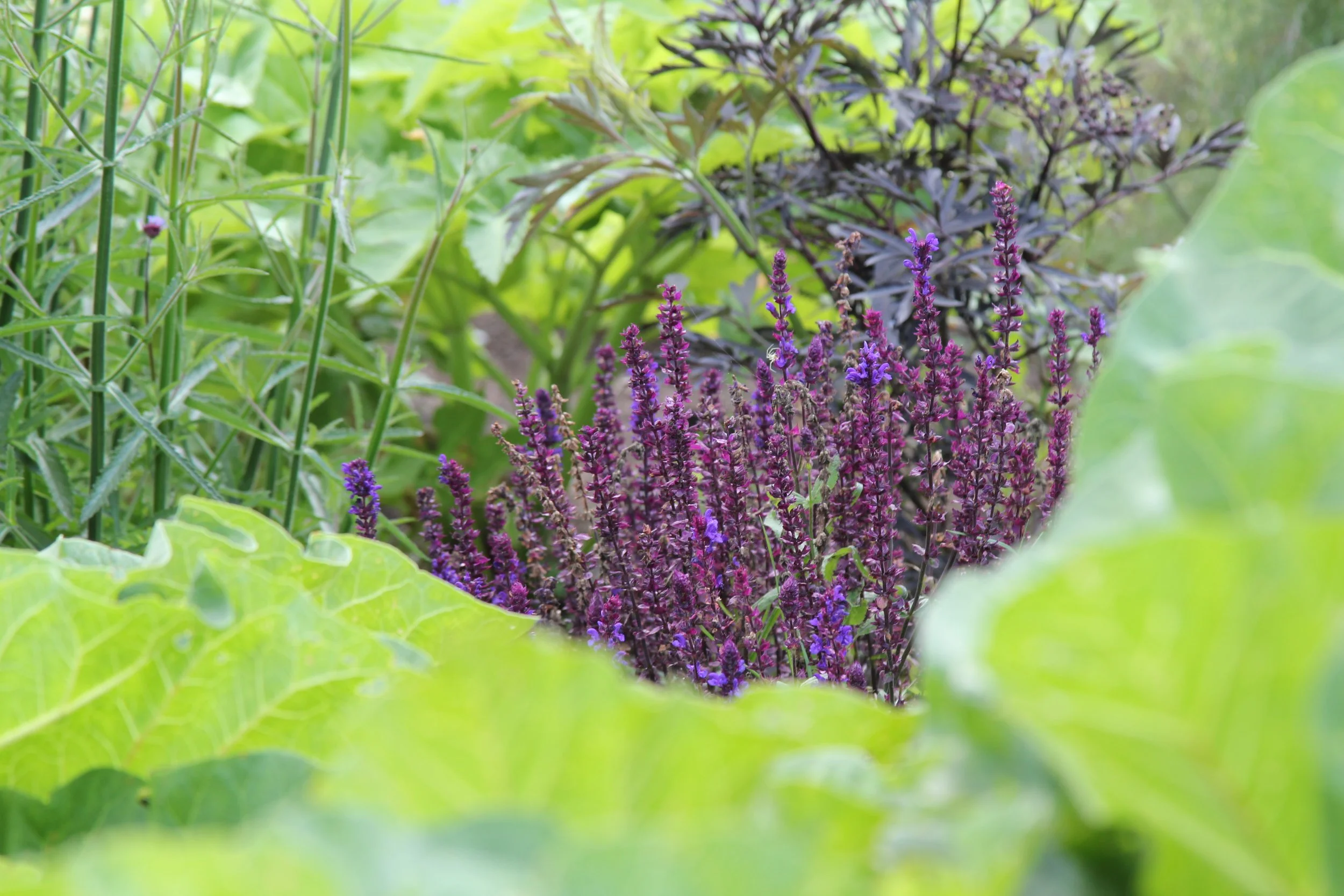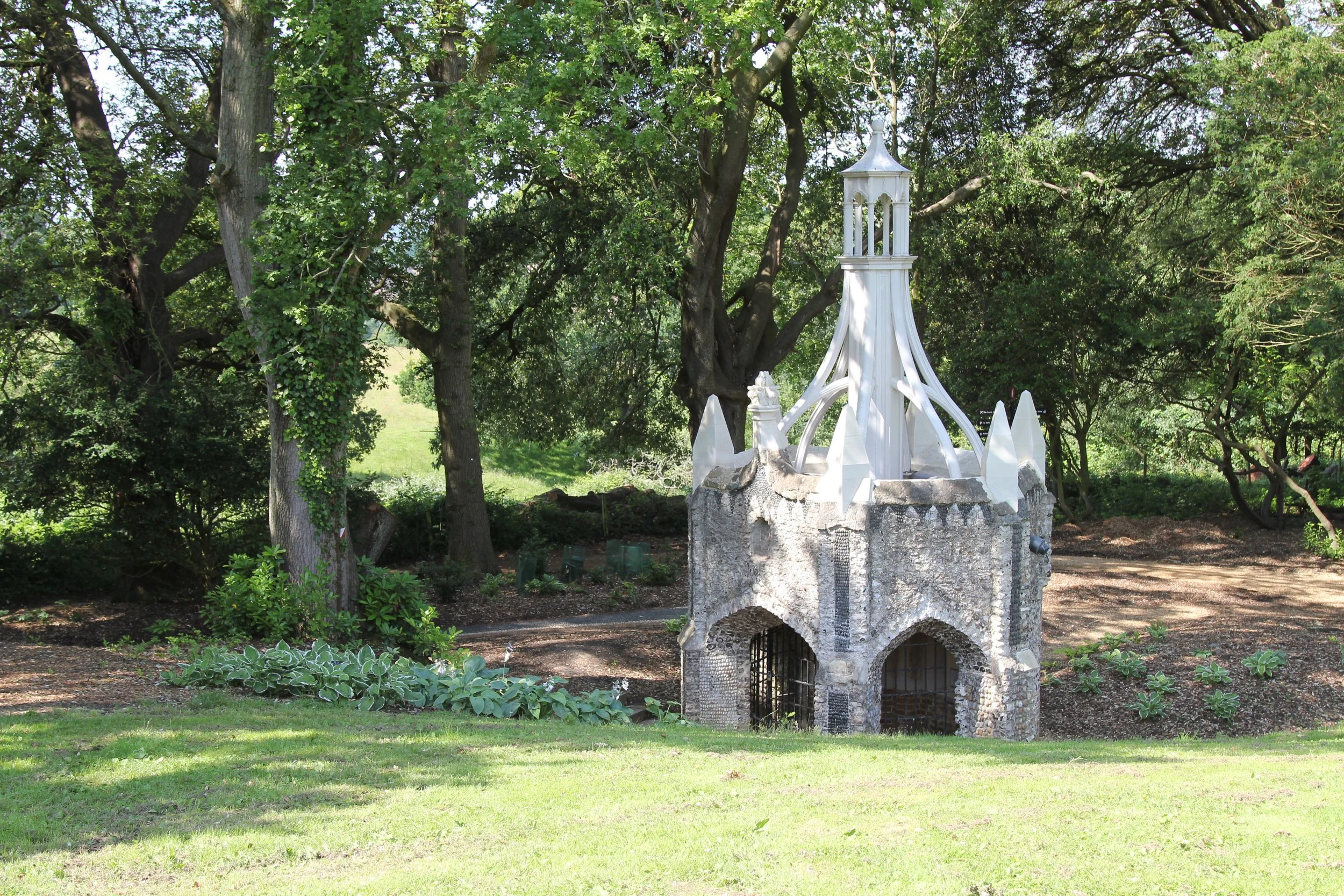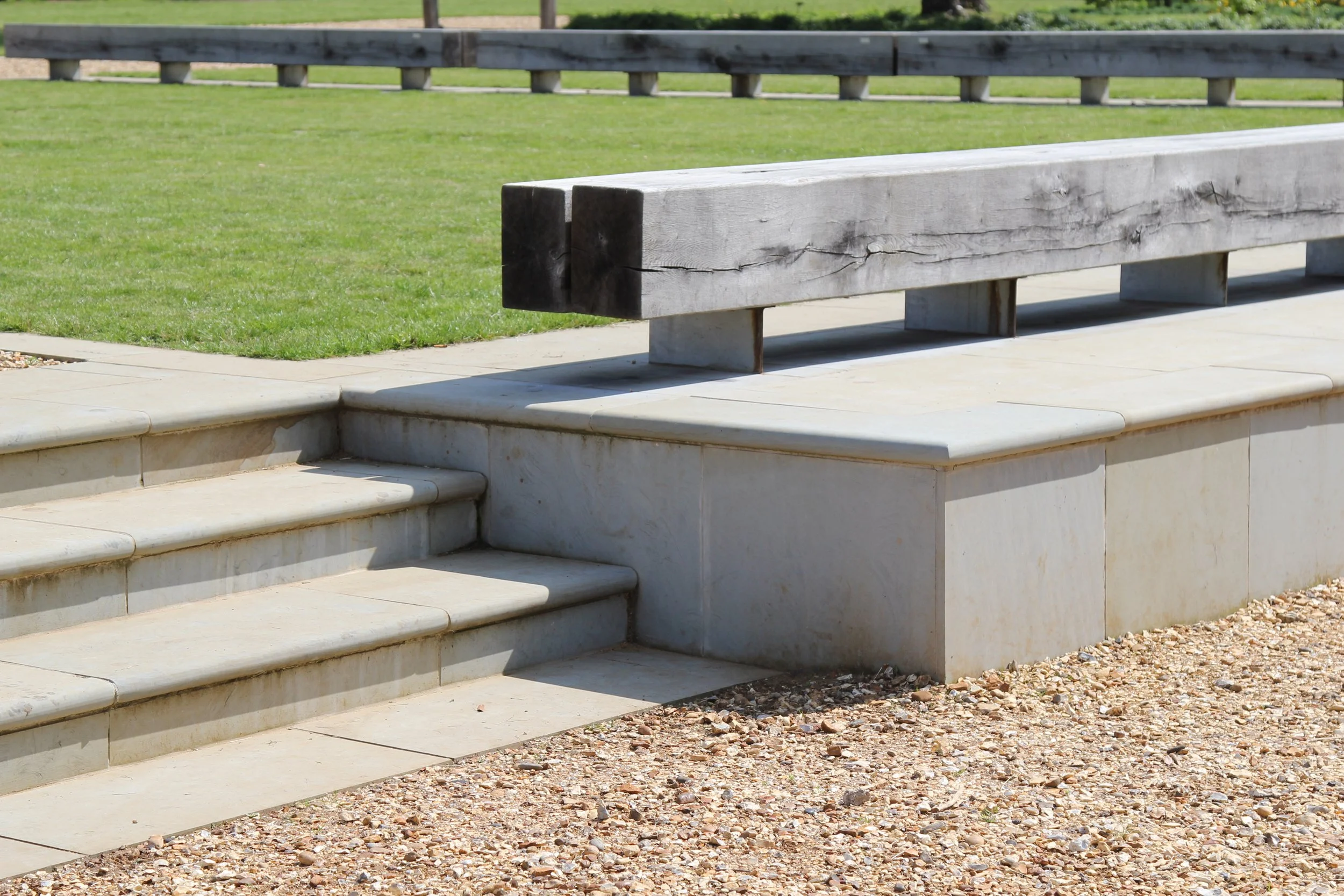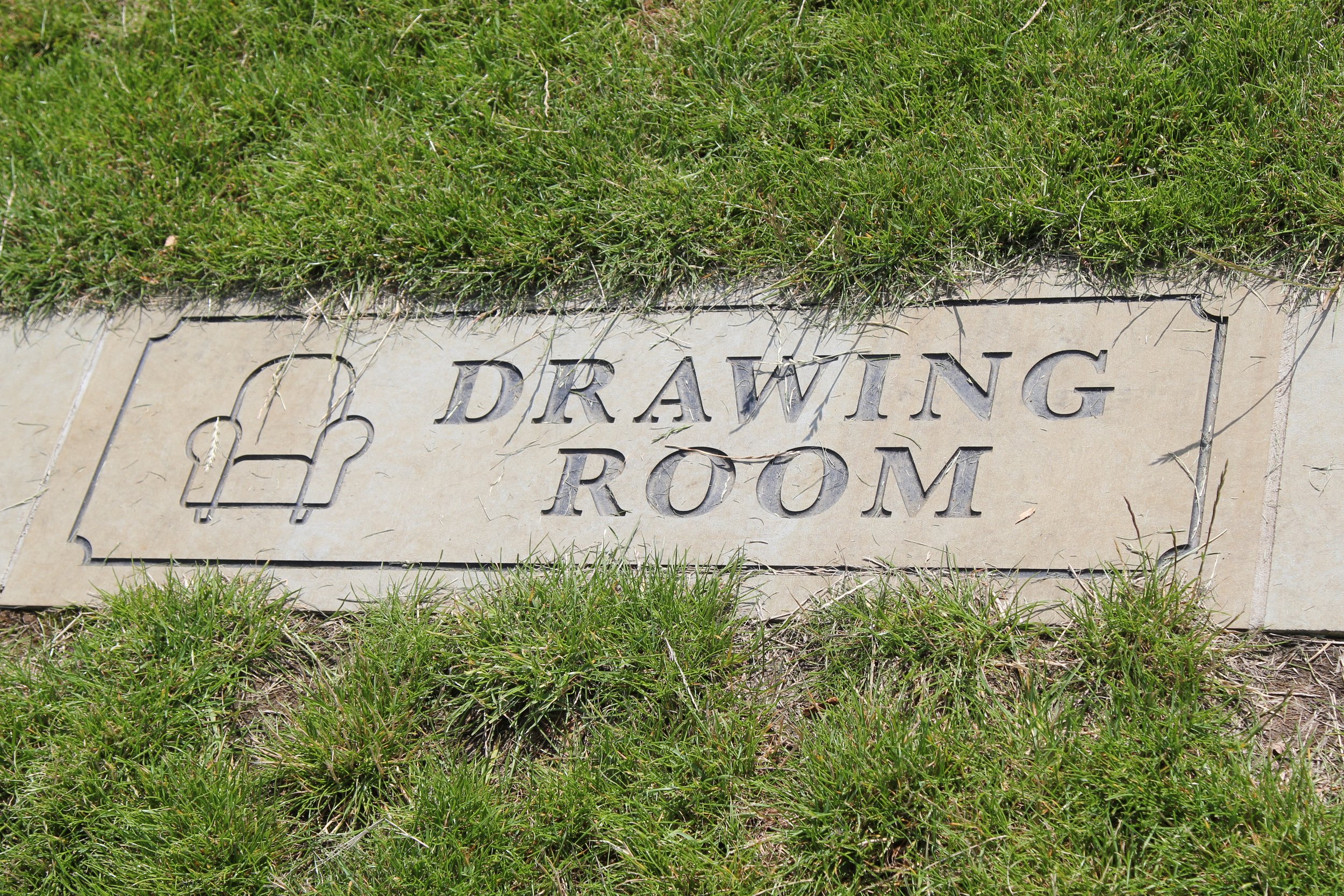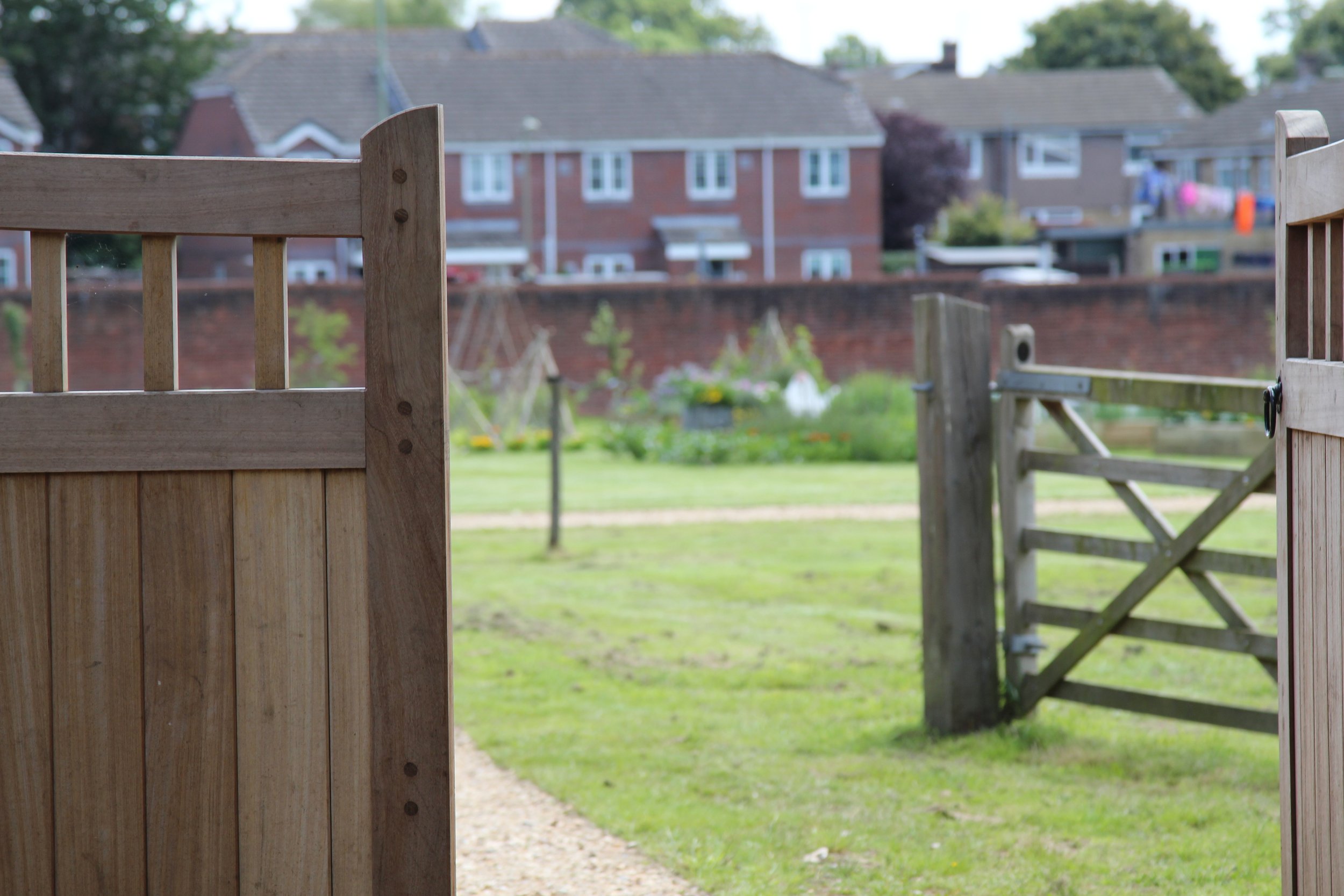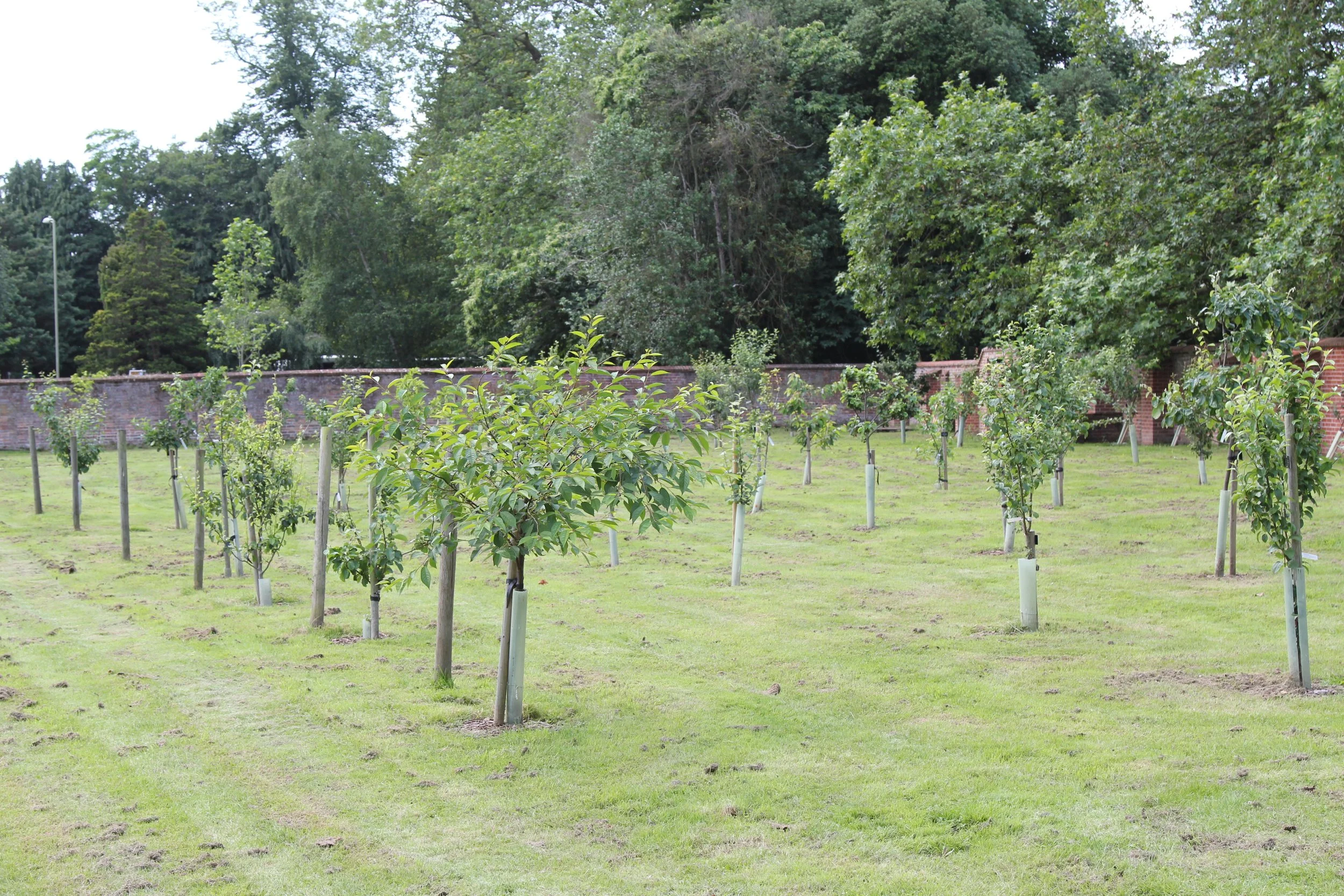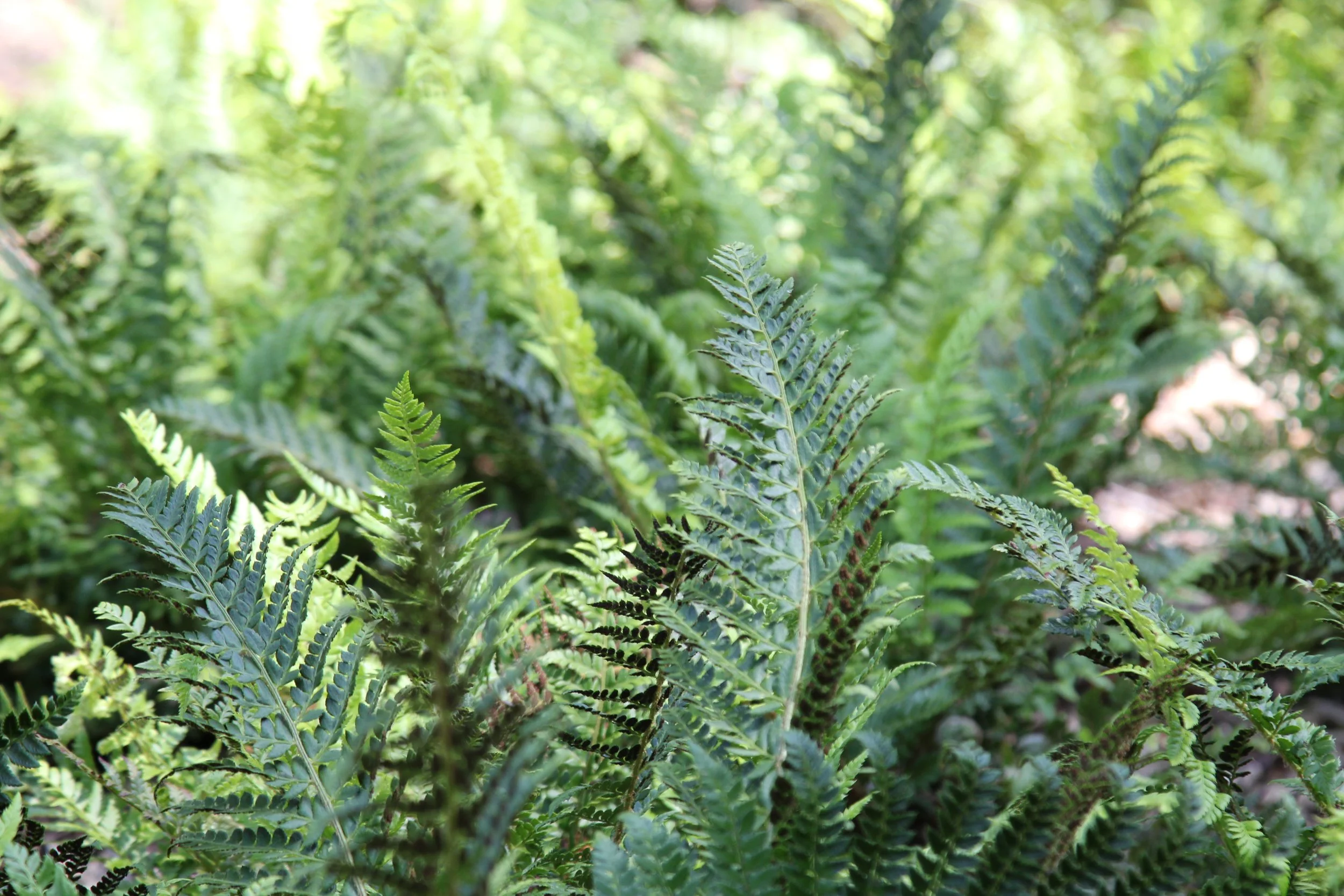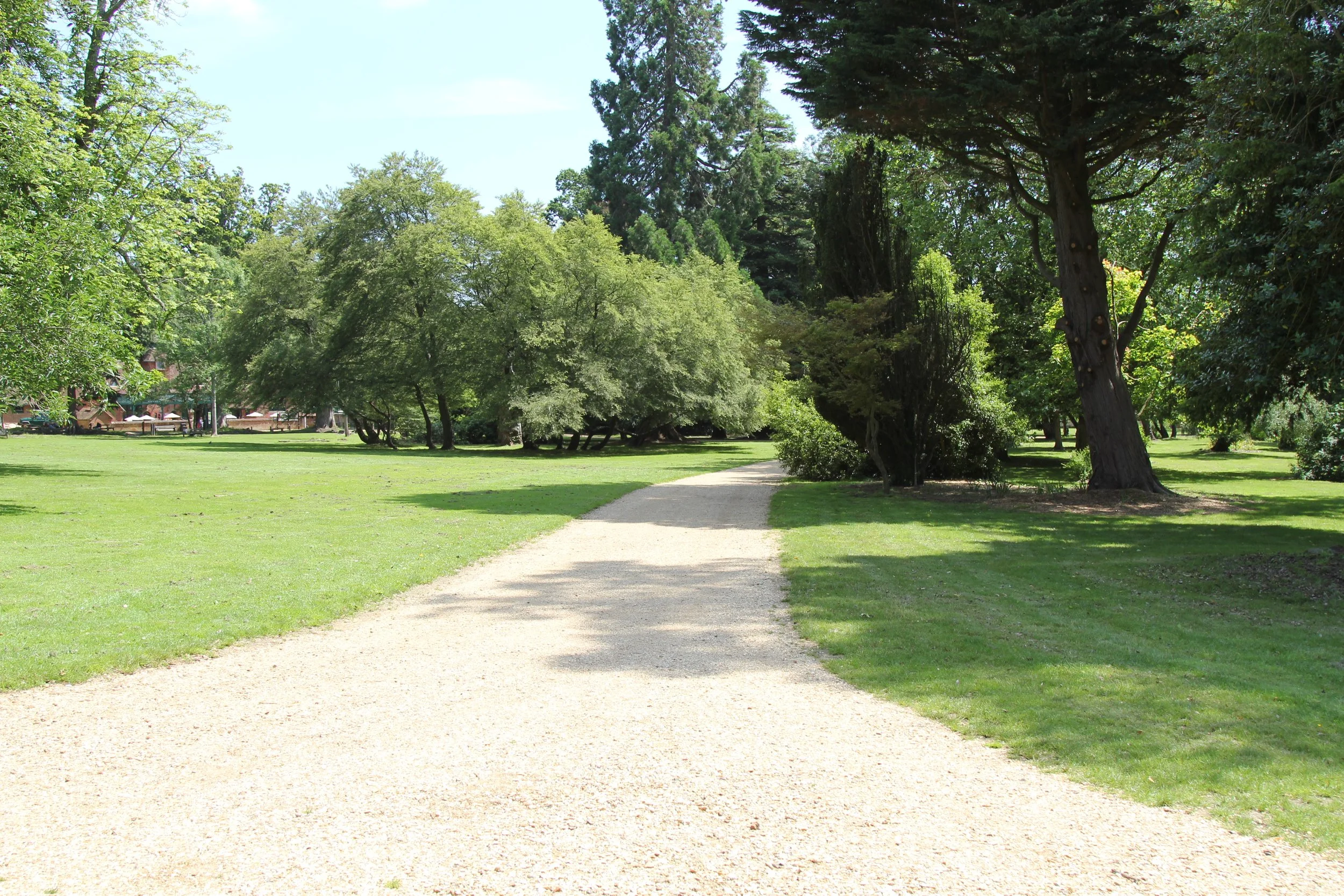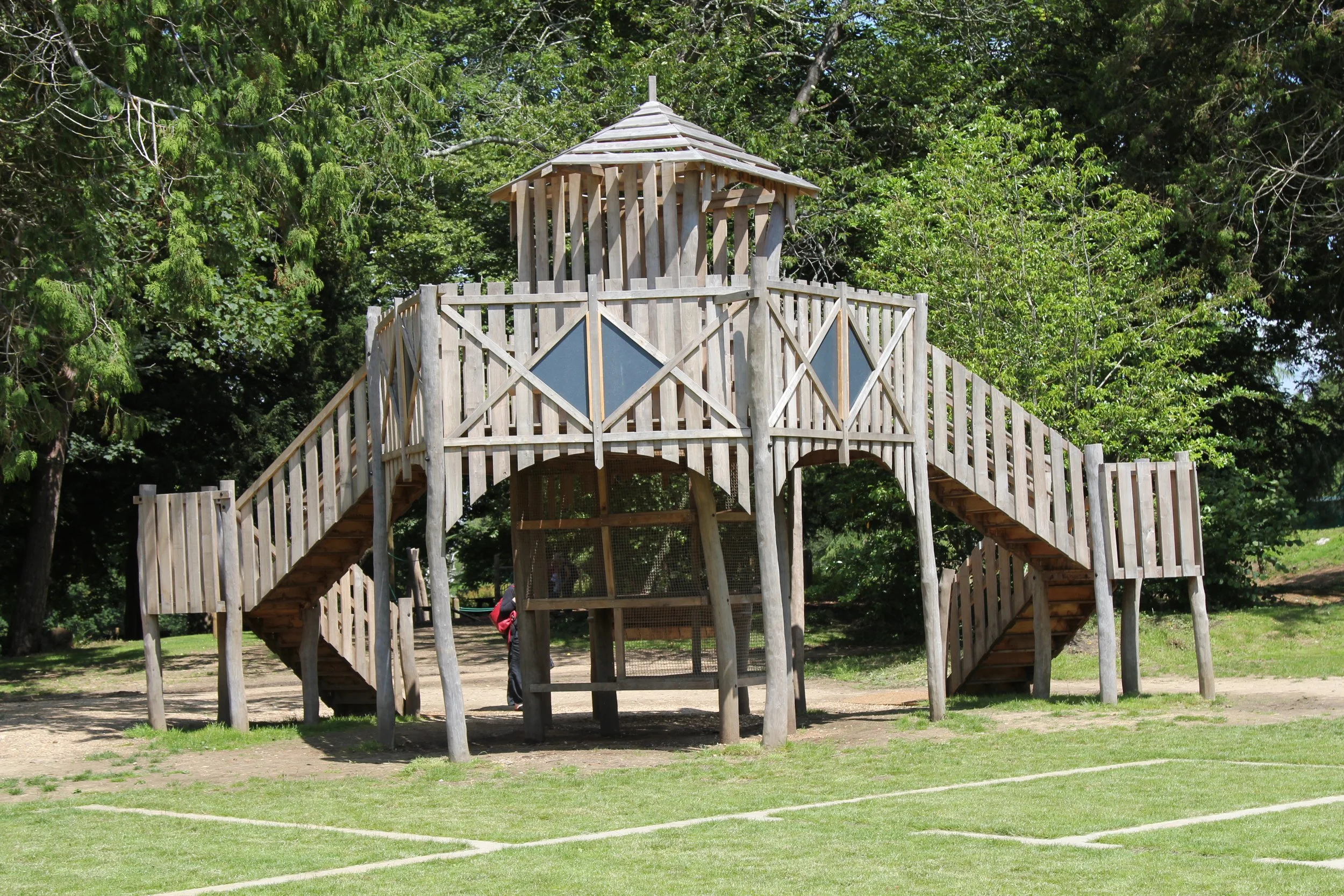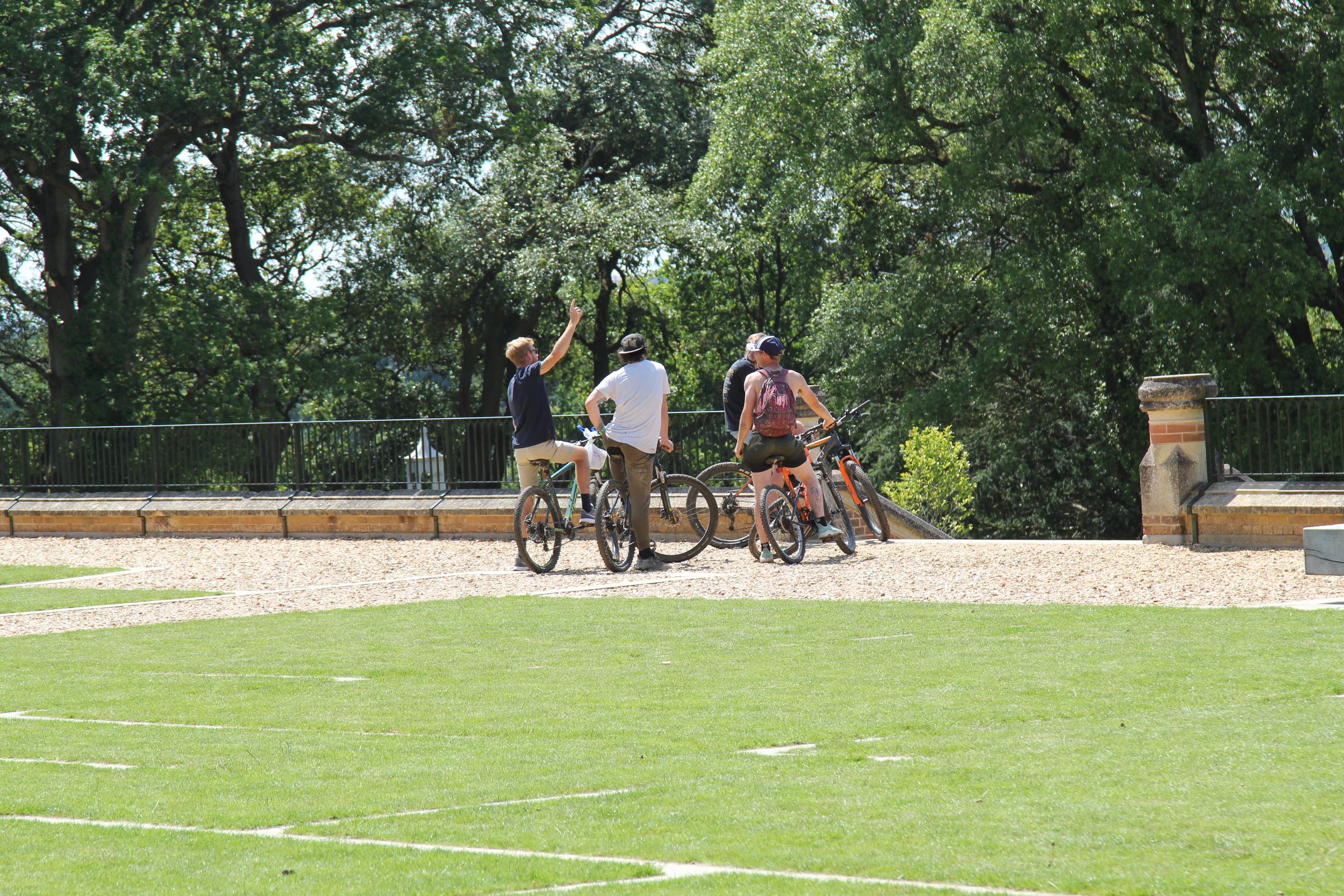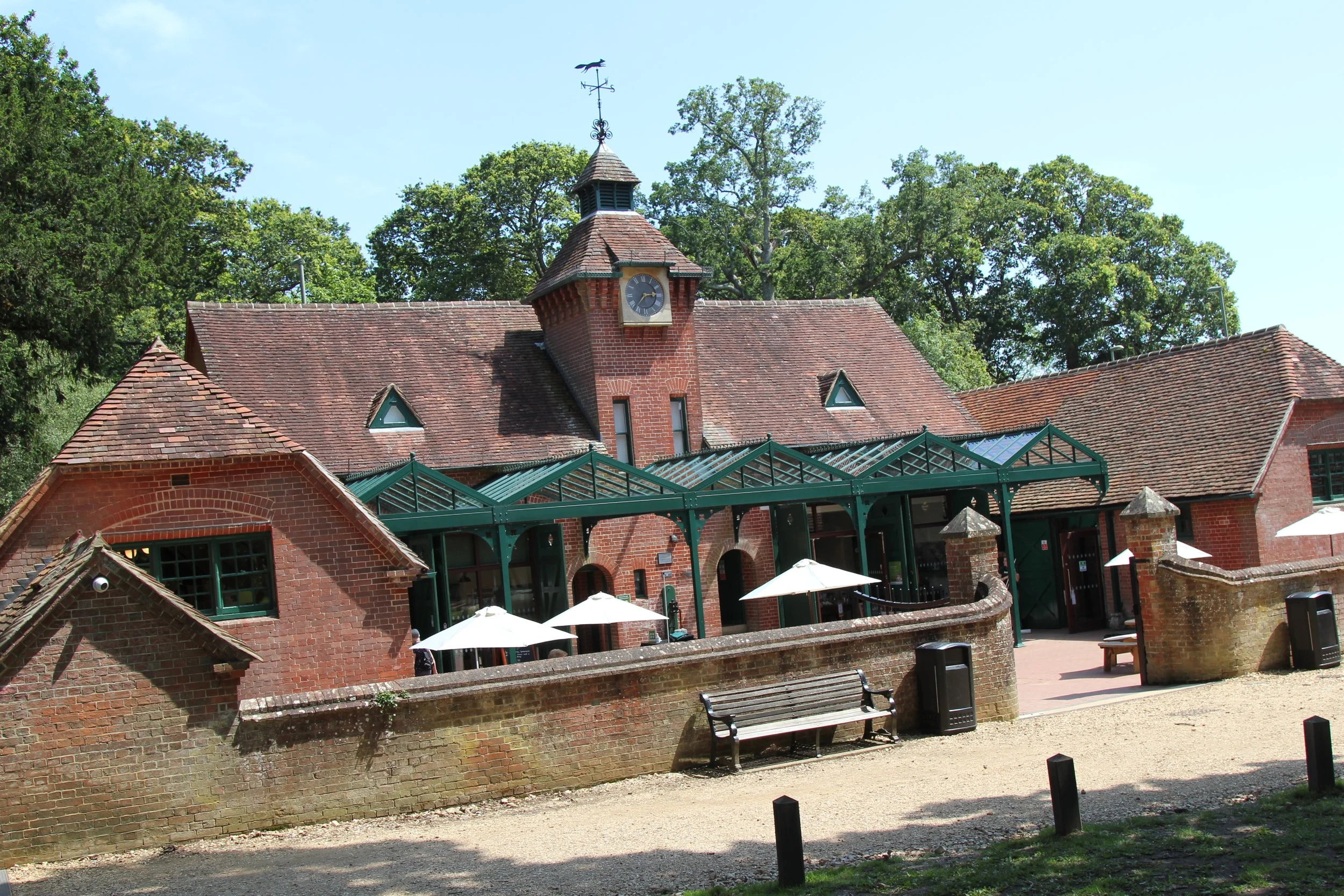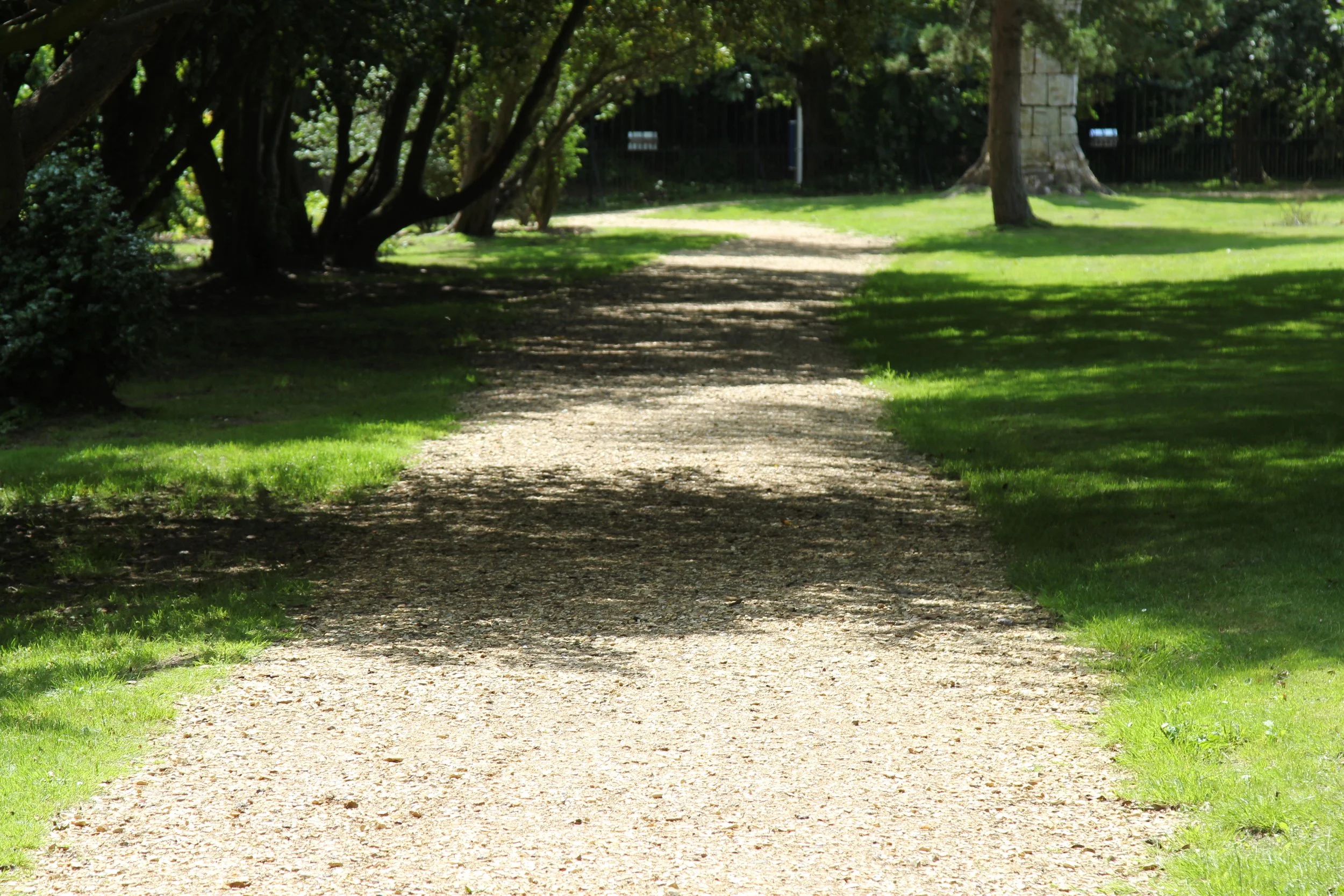Staunton Country Park
Staunton Country Park, also known as Leigh Park, is a rare example of Regency ornamental gardening and is a popular destination with over 1000 acres of parkland, featuring gardens and follies, lakes, avenues and family attractions.
Allen Scott helped to secure an overall £3.5million of Heritage Lottery Funding for the research, development and subsequent implementation of the estates restoration. The landscape proposals focused on improving the setting of the original mansion, clearing and re-establishing vistas, re-planting with appropriate species and the restoration of Grade II* listed follies, formal gardens and entrances.
The project included liaison and coordination with Conservation Architects to transform existing buildings, and with Interpretation Consultants to develop wayfinding, heritage education and learning trails to help communicate the rich history which Staunton hosts, including the footprints of the previous gothic-style Mansion.
Client: Hampshire County Council
Role: Landscape Architect
Value: £1.8m (capital works)
RIBA Stages: 1-6
Partners: Hampshire County Council / Focus Consultants
Key Elements: masterplanning / planting design / access improvements / listed landscape
Staunton Country Park, is a rare example of a Regency period estate. A mansion and follies are set within a ‘picturesque-style- landscape of formal gardens and wider Pleasure Grounds, a converted farm in the ‘ferme ornee’ style, and tropical glasshouses. The Park has the advantage of a series of watercolours by Joseph Francis Gilbert, depicting it in its heyday. These illustrations and the written history about Staunton Country Park can be found in books such as Regency Gardens by Mavis Batey and Leigh, a 19th Century Pleasure Ground by Derek Gladwyn.
Sir George Staunton, who bought Leigh Park in 1820, didn’t employ professional landscape designers, but his garden reflects his own interests and expertise and gave him the chance of creating a new picturesque landscape in the Repton manner. Staunton spent much of his early life in China, having been a page on Lord Macartney’s famous embassy, and when he retired to Hampshire he was recognised as the foremost cultural and political authority on China. He bought the modest Regency house at Leigh Park, to which he added a Gothic library to house his 3,000 Chinese books. His diary refers to reading Repton’s Fragments on the Theory and Practice of Landscape Gardening, with its excerpts of Red Book proposals to clients. Staunton was also a keen horticulturist, who had been encouraged by Sir Joseph Banks to collect botanical specimens when in China, and his Chinese plantings were of great interest.
Staunton also bears the influence of its other owners. William Stone bought the land in 1859, relocating the main house to take advantage of the lake and parkland views; This gothic-style house fell into disrepair and was demolished, but the terrace and undercroft remains. Stone then sold the estate to Sir Frederick Fitzwygram, an equine vet, in 1874 who added the current Coach House, which still stands today transformed into a visitor centre. Staunton stayed in the Fitzwygram family until the 1930s before being sold to the Admirality and then acquired by the council.

